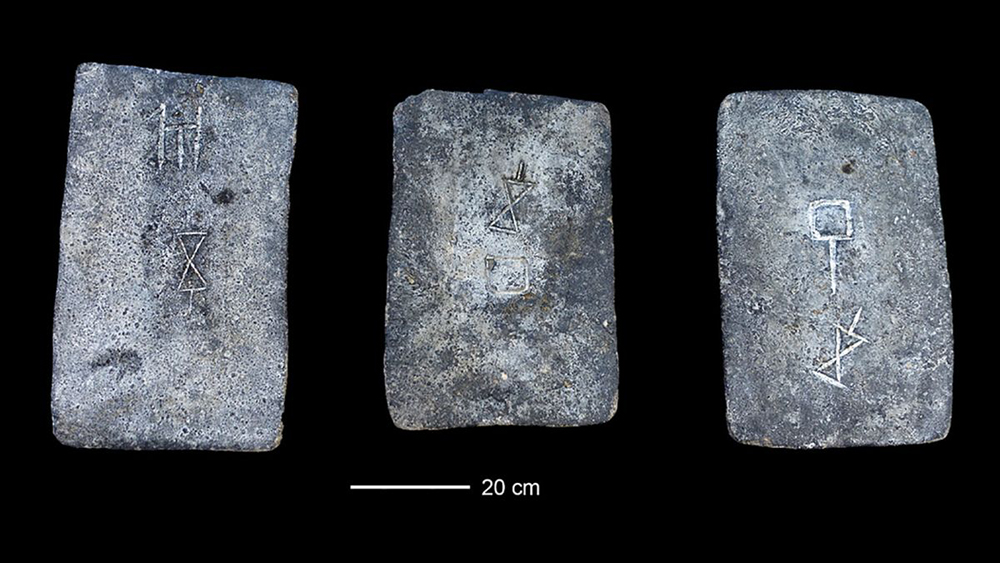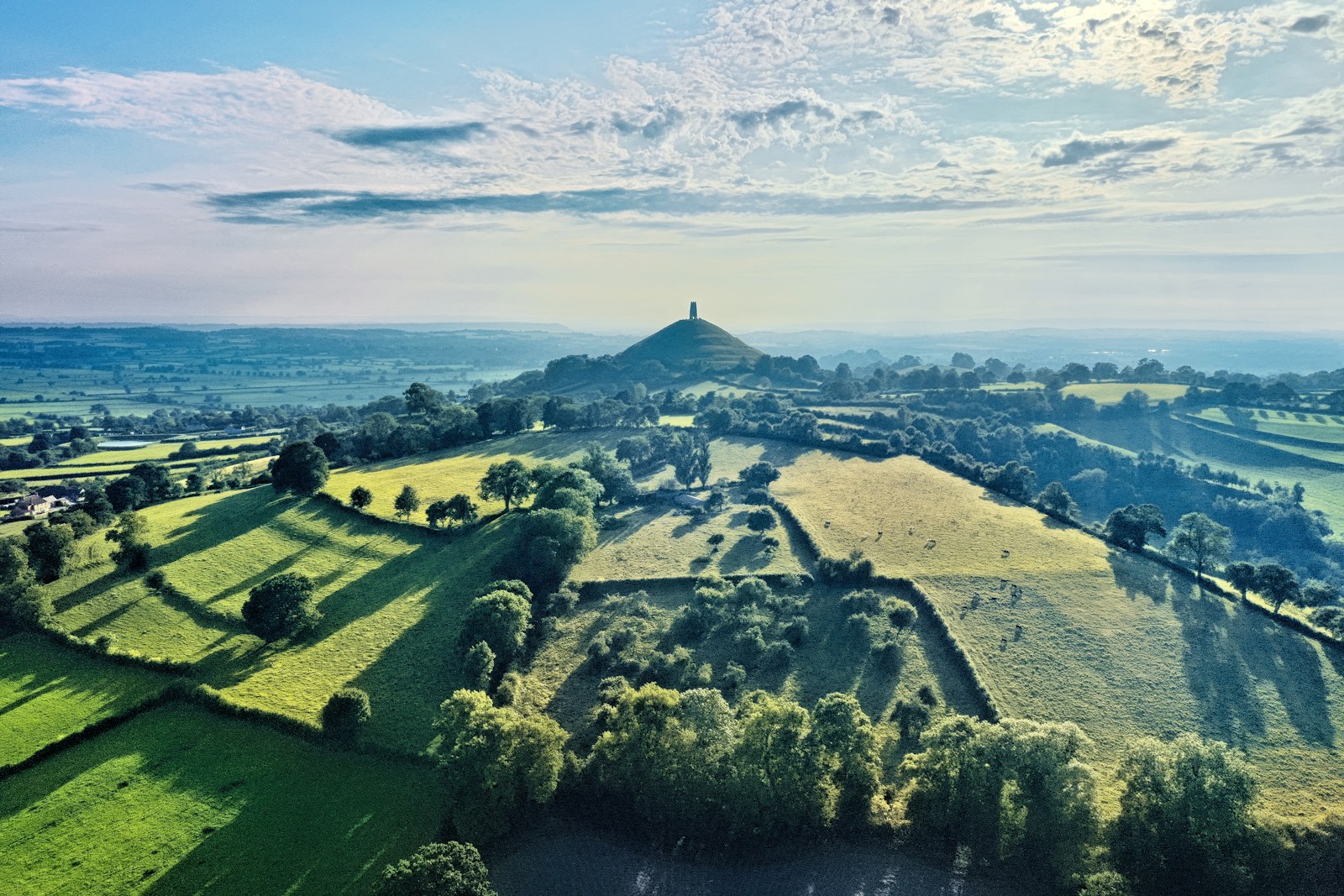OPINION
It’s impossible to not be moved by the stirring hymn, “Jerusalem”. The hymn is, of course, the words of Christian mystic William Blake’s poem, And did those feet in ancient time… The poem was first set to music in 1917 by Sir Hubert Parry, and its most famous arrangement was set by Edward Elgar in 1922.
The poem is commonly interpreted as Blake’s hope for a Second Coming, whereby Jesus will create heaven “in England’s green and pleasant land”, overthrowing the “dark Satanic Mills” of the Industrial Revolution. But the words of the poem pose an intriguing question:
And did those feet in ancient time,
walk upon England’s mountains green:
And was the holy Lamb of God,
On England’s pleasant pastures seen?
Indeed, that Jesus visited England in his youth is the subject of persistent and ancient legends in the south-west of England.
But how could Jesus, the son of a carpenter in far-flung Galilee in the 1st century, have possibly set foot in England?
It sounds like a wild theory – it’s actually far less absurd than it sounds.
Travel times in the Roman empire were far less prohibitive than we might think. Of course, in this age of car and jet travel, we’re used to travelling to any point of the globe in days, a week or so at most. But even in the 1930s, the fastest ocean liner would take over 40 days to travel from London to Australia. So, travel times of weeks or months in ancient times would have been taken for granted.

In the heyday of the Roman empire, a trip from Jerusalem to London would have taken anywhere between 49 and 162 days, depending on budget, which dictated whether the traveller trudged all the way on foot or took ship. The Pax Romana made the entire trip relatively safe.
A wealthy trader would almost certainly make the trip by sea – a wealthy trader such as Joseph of Arimathea.
Not much is known about Joseph. The Gospels just say he was a wealthy disciple, but later texts say his wealth came from trading metals.
It’s very possible Joseph was trading in England – there was far more international trade 2,000 years ago than most realize. We even know that Phoenicians sailed from Mediterranean coasts (close to Nazareth) to islands west of Europe long before Christ’s time.
In 2019, some ancient tin discovered in Israel was revealed to have come from Cornwall.

Well, even if Joseph was dealing in Cornish tin, what reason is there to believe that Jesus ever travelled with him?
Well, Joseph must’ve been close to Jesus, because it was he who asked Pontius Pilate for his body. Laws of the time would imply only a family member could do that. The legends say Joseph was Christ’s great uncle, and took him under his wing as a boy.
Which is interesting, because we don’t know anything about Jesus’ life between the ages of 12 and 29. These ‘lost years’ simply aren’t covered in the Gospels. So – and this is a big reach, of course – it’s certainly not beyond the bounds of possibility that a young Jewish boy might have travelled with his rich uncle across the Empire to the wild British Isles.
Stories of Jesus and Joseph arriving in Cornwall have been told for centuries, possibly longer. They’re woven into the fabric of South West England, surviving in oral and pictorial traditions – like images of Jesus and Joseph sailing to Britain.
Other ancient English tales have Jesus then traveling inland to Somerset, to a place called Glastonbury.
Traditionally, the ‘arrival’ of Christianity in England is attributed to St Augustine and his papal mission in 597 AD. But Christianity had already arrived in the island while it was under Roman control, in the first few centuries of the Christian era. Indeed, possibly the oldest-known depiction of Jesus in the Roman empire is a mosaic found in a ruined Roman villa in Dorset – south-west England – believed to date from the 3rd or 4th centuries.

The association of south-west England with Christianity is, according to legend, even older.
One other legend says that after the Crucifixion, Joseph founded England’s first church: at the site of Glastonbury Abbey. This story might be a medieval fabrication – nobody knows for sure.
But, reporting back to the Pope by letter, Augustine said at Glastonbury there was “a church constructed by no human art, but by the Hands of Christ Himself.”
Applying Occam’s Razor, it might be said that Augustine was waxing poetic, describing the undeniable, mystical beauty of Glastonbury as the work of divine hands. Or perhaps Augustine was being literal.
Believing Christ stepped foot on British soil obviously requires more than old folklore. But consider this: hardly any places claim to have been visited by Jesus in his missing years – and none are remotely as old as the English stories.
Did those feet in ancient time, walk upon England’s mountains green? We’ll never know.
But one thing is certain: there is something undeniably divine about wandering those West Country hills.
Twitter/Culture Critic

